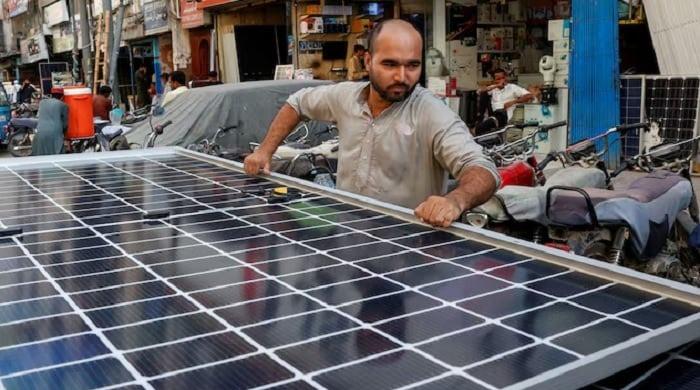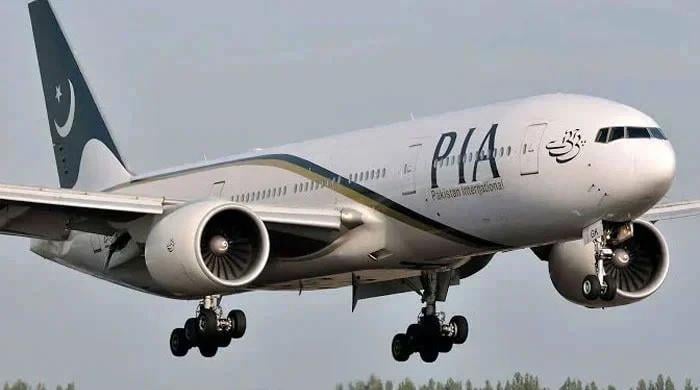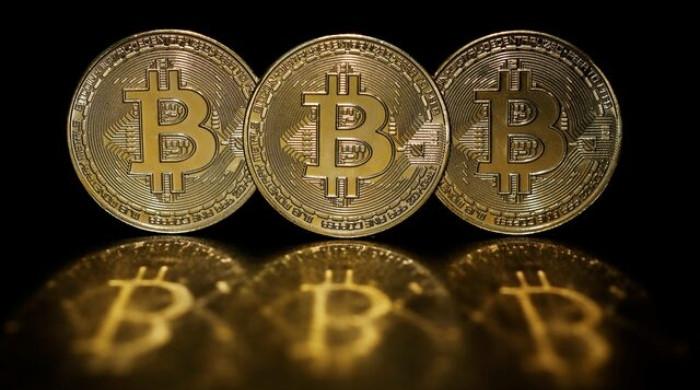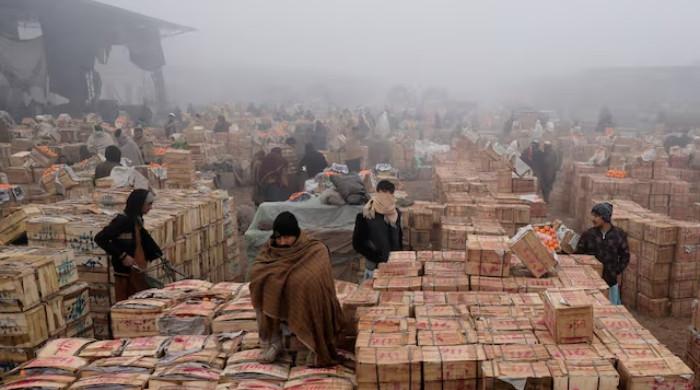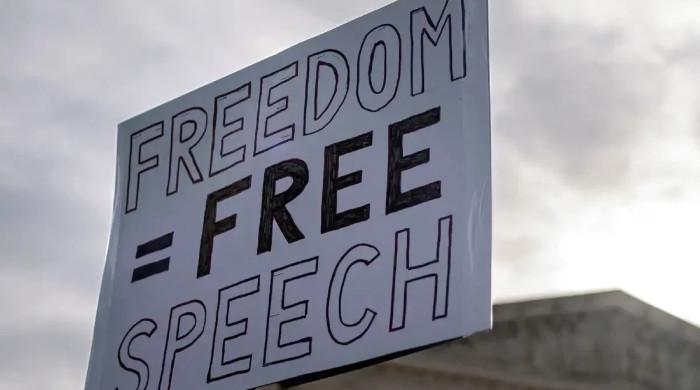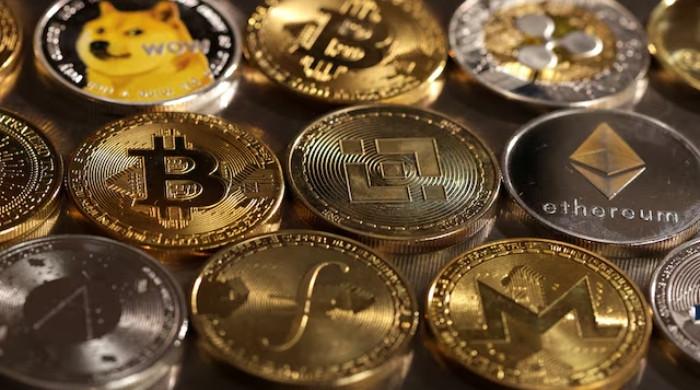MAGA-MIGA hangover
Modi finds himself at odds with Washington’s expectations, especially under Trump, whose transactional style leaves little room for nuance
August 07, 2025
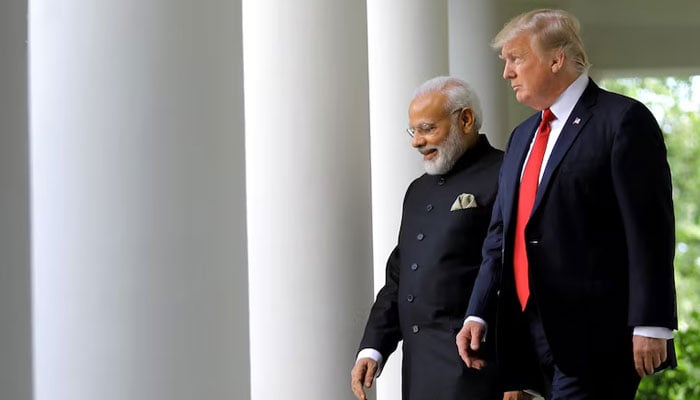
In a carefully choreographed display of political theatre, Modi leaned into the spectacle, telling a cheering crowd that when MAGA (Make American Great Again, Trump's political slogan) meets MIGA (Make India Great Again, Modi's iteration of MAGA), the result is something "mega".
The line landed exactly as intended. Trump smiled, pumped his fist in the air, and the room burst into applause. But beyond the crowd-pleasing slogan, the moment offered a glimpse into a deeper alignment. Modi went on to speak of ambitious targets, doubling trade by 2030 and finalising a long-pending trade deal.
That scene, once held up as evidence of an unshakable US-India bond, now feels like a relic.
In a sharp public turn, Trump recently accused India of aligning too closely with Russia, going so far as to call it a "dead economy". The statement felt almost like a recalibration. It reflected growing frustration in Washington over India's role in helping Moscow circumvent sanctions, from shadow oil payments in non-dollar currencies to laundering Russian crude through third countries.
The fallout didn’t come out of nowhere. Tensions had been quietly building ever since Trump imposed a 25% tariff on Indian steel and aluminium, citing unfair trade practices.
India responded with its retaliatory tariffs and resisted US pressure to open up key sectors, mainly agriculture, where domestic political sensitivities run deep. Trade talks repeatedly stalled over market access and tariff barriers, with Modi unwilling to concede ground that could provoke backlash at home.
For Modi, the timing couldn’t be worse. The agricultural sector in India is a political minefield. It is deeply fragmented, emotionally charged, and electorally decisive. Any serious attempt to open it up to US imports risks igniting protests from farmers, a group that already brought his government to its knees during the now-repealed farm law crisis.
Thus, safe to say that protectionism at home could mean far more than a mere economic policy. It's Modi's political survival. But by holding that line, Modi finds himself at odds with Washington’s expectations, especially under Trump, whose transactional style leaves little room for nuance.
In short, the US wants access to the markets for agri-based products and produce. Modi can't afford to give it. And the longer the standoff drags, the more precarious India’s economic bets become.
That’s because the US isn’t just any partner; it’s India’s largest trading one. In FY 2024–25, bilateral trade between the two countries reached $131.8 billion, with India exporting $86.5 billion worth of goods and services to the US.
On the other hand, American tech giants have poured billions into India, turning it into a manufacturing and services hub. Apple's growing presence in India is part of a broader shift away from China, and in Q2 2025, India overtook China to become the largest exporter of smartphones to the US, accounting for 44% of all shipments.
Between March and May alone, nearly 71% of iPhones exported to the US were assembled in India. But that edge is fragile. The moment Trump begins framing India as an unreliable or unfriendly partner, it puts pressure on everything from tech exports to outsourcing contracts.
And now, with the US tightening visa rules and slashing H-1B approvals, Indian tech workers and outsourcing firms are already feeling the squeeze. Modi now faces a classic dilemma: keep the farm lobby happy and local politics in line and risk alienating the White House, affecting the existing billions in trade or make painful domestic concessions to stay in Washington’s good books. Either way, the room to manoeuvre is shrinking fast.
On the other side of the equation, Trump appears to be making an unmistakable pivot towards Pakistan. The announcement of a new oil deal between Washington and Islamabad, though light on public details, carries heavy geopolitical implications.
If materialised, the deal could signal a strategic recalibration, one that restores transactional warmth with Pakistan. It also opens up the possibility of America-backed energy flows bypassing India entirely, reshaping regional trade and supply routes.
For Islamabad, long accustomed to playing second fiddle in South Asia’s geopolitical theatre, this presents an opportunity to reassert relevance. For Modi, it's a troubling development, an indication that the old assumptions of automatic US alignment no longer hold, and that the cost of strategic stubbornness may have a serious cost.
For us, this is both a diplomatic opening and a strategic inflection point. The oil deal may be the headline, but the real story lies in what comes after. Pakistan has spent decades cast in the role of a crisis partner, relevant only in war and conflict, reduced to tactical engagements with no long-term vision.
This is the chance to break that pattern. With technology and AI reshaping economies, governance, warfare and labour itself, the next wave of global power will flow through countries that can build and wield technological capacity.
Pakistan, with its massive, young population and untapped digital talent, is not without leverage. But that leverage is meaningless unless it’s used to demand structural partnerships that go far beyond drilling for oil, and focus on serious investment in infrastructure, education, and AI readiness.
The US can be seen not just as a geopolitical heavyweight, but as the nerve centre of the global AI ecosystem. From its world-class tech universities to its tech giants leading in AI research and deployment, the US sets the pace for the digital future.
For Pakistan, real strategic alignment means moving beyond transactional diplomacy and plugging directly into this ecosystem, not only through trade, but through co-investment in digital infrastructure, joint research and long-term academic partnerships.
This could be our opportunity to bring serious technology into Pakistan: compute infrastructure, cloud partnerships, AI labs and startup accelerators that can turn a young population into a digital workforce. Washington must not be viewed merely as a source of capital or policy leverage, but as a gateway to the frontier of technological innovation.
Put simply, this is the moment to decide whether we continue being seen as a partner of convenience or step up as a long-term strategic player in the global future.
Disclaimer: The viewpoints expressed in this piece are the writer's own and don't necessarily reflect Geo.tv's editorial policy.
The writer is the founder and executive director of Media Matters for Democracy. He posts @asadbeyg
Originally published in The News




